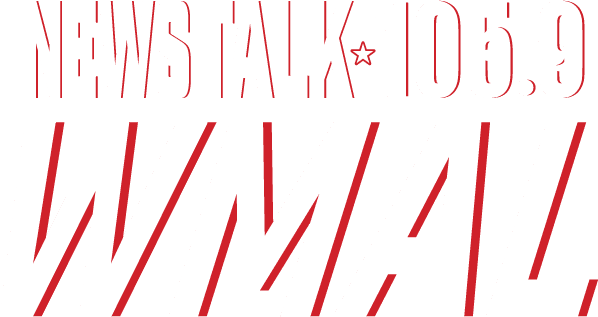WASHINGTON — The U.S. unemployment rate fell unexpectedly in May to 13.3% — still on par with what the nation witnessed during the Great Depression — as states loosened their coronavirus lockdowns and businesses began recalling workers.
The government said Friday that the economy added 2.5 million jobs last month, driving unemployment down from 14.7% in April.
The May job gain, which confounded economists’ expectations of another round of severe losses, suggests that thousands of stores, restaurants, gyms and other companies reopened and rehired more quickly than many analysts had forecast.
Still, it raises a key question for businesses and unemployed workers: How fast will the rebound proceed? For hiring to continue at a solid pace, businesses will probably need to see signs that consumers are starting to resume their pre-outbreak habits of shopping and dining out.
Other evidence has also shown that the job-market meltdown triggered by the coronavirus has bottomed out. The number of people applying for unemployment benefits has declined for nine straight weeks. And the total number of Americans receiving such aid has essentially leveled off.
The overall job cuts have widened economic disparities: While the unemployment rate for white Americans was 12.4% May, it was 17.6% for Hispanics and 16.8% for African-Americans.
Even with the surprising gain in May, it may take months for all those who lost work in April and March to find jobs. Some economists forecast the rate could remain in double-digits through the November elections and into next year.
For weeks, economists had warned that unemployment in May could hit 20% or more.
The street protests over George Floyd’s killing that led to vandalism and looting in dozens of cities did not affect Friday’s figures, which were compiled in the middle of May. But business closings related to the unrest could show up in the June report.
A few businesses are reporting signs of progress even in hard-hit industries. American Airlines, for example, said this week that it will fly 55% of its U.S. routes in July, up from just 20% in May.
And the Cheesecake Factory said one-quarter of its nearly 300 restaurants have reopened, though with limited capacity. Sales are at nearly 75% of the levels reached a year ago, the company said.
Erica Groshen, a labor economist at Cornell University and a former commissioner of the Labor Department’s Bureau of Labor Statistics, said hiring could ramp up relatively quickly in the coming months and reduce unemployment to low double-digits by year’s end.
“Then my inclination is that it will be a long, slow slog,” she said.
Until most Americans are confident they can shop, travel, eat out and fully return to their other spending habits without fear of contracting the virus, the economy is likely to remain sluggish.
Gwyneth Duesbery, 22, returned this week to her job as a restaurant hostess in Grand Rapids, Michigan, as Bowdie’s Chop House prepares to reopen with tables 6 feet apart and seating capacity reduced to about one-quarter.
“I am concerned that it will expose me to potential diseases, and expose others, no matter the precautions that we take,” she said. “It’s kind of uncharted waters.”
Copyright 2020 The Associated Press. All Rights Reserved. This material may not be published, broadcast, rewritten, or redistributed. PHOTO: AP





















